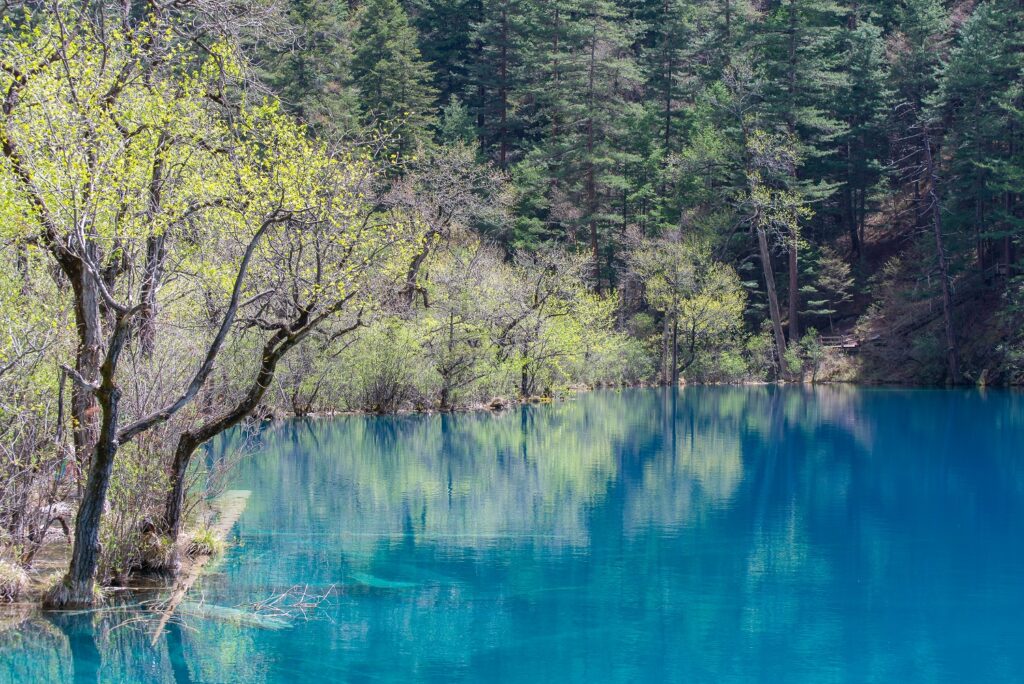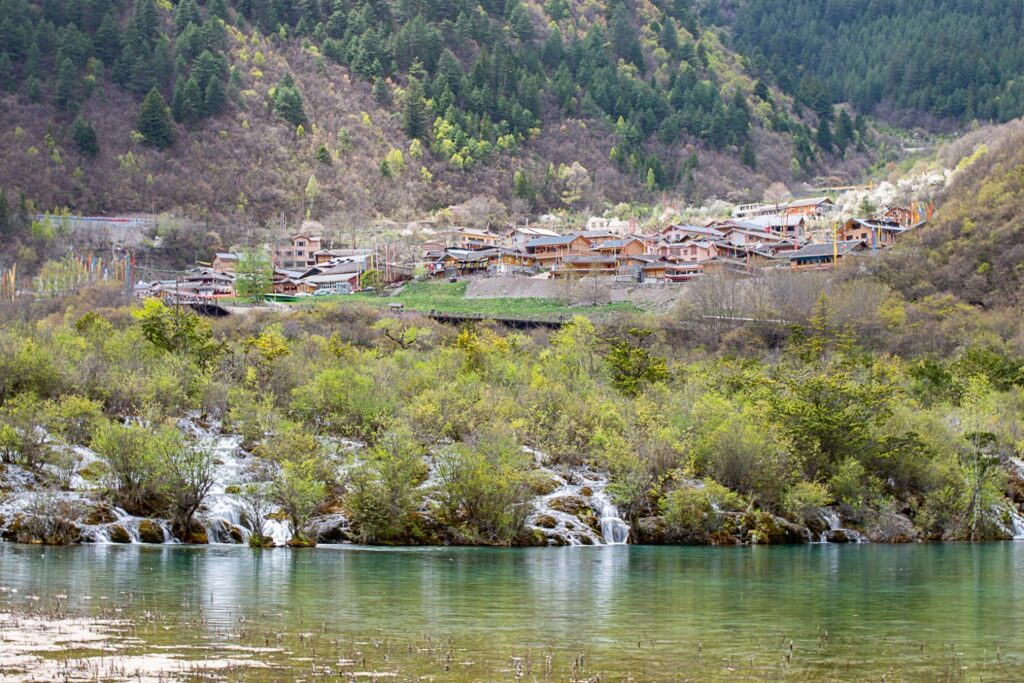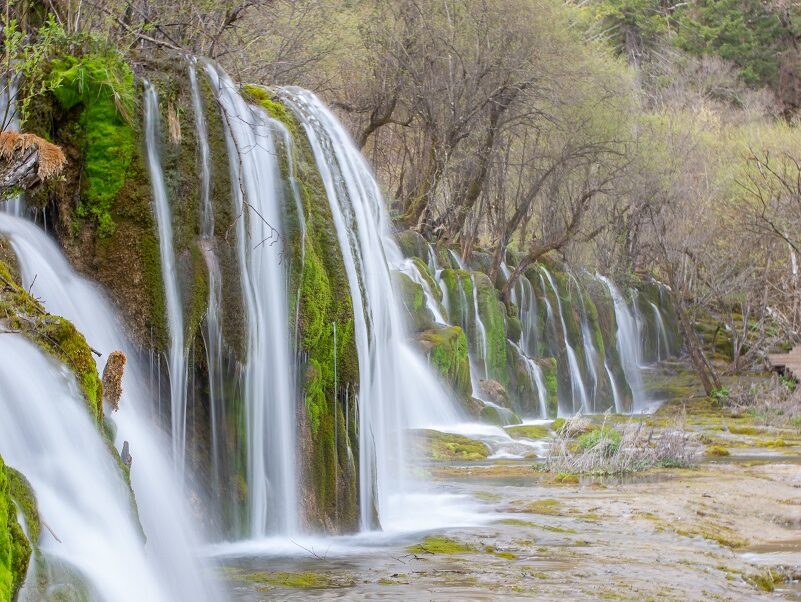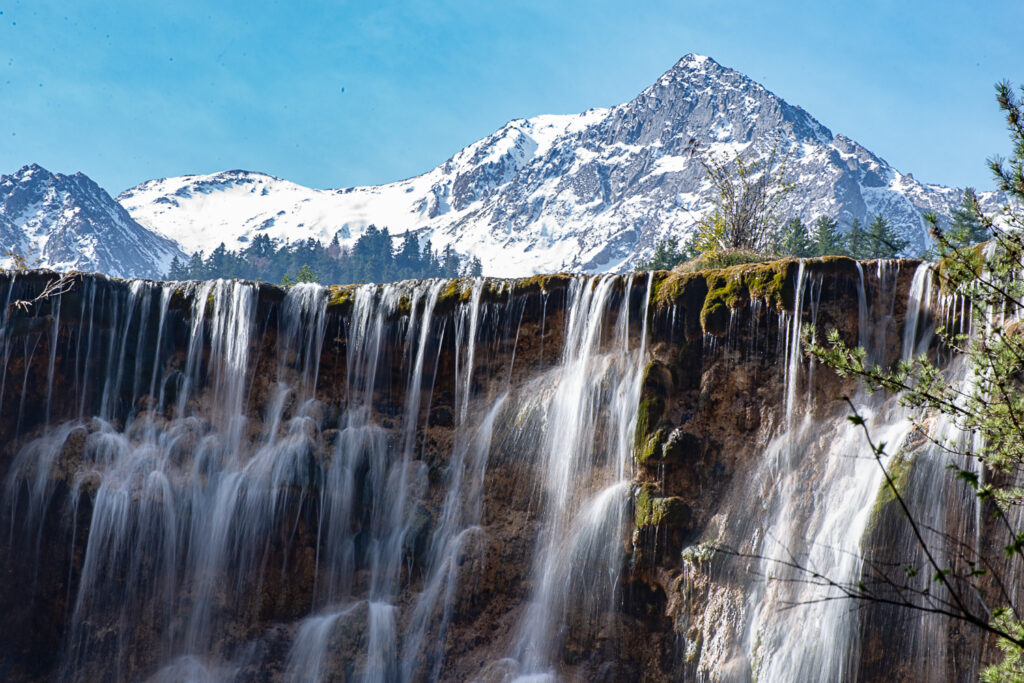
During the shorter days of winter I have found myself going through my archives of photographs from the past 10 years of guiding. My archives have ignited wonderful memories from my past adventures and have inspired me to keep looking ahead for more experiences around the world. When I got myself into the 2017 section of my photo-archives, I came across my collection of images from my first China expedition. This expedition was a slightly different itinerary from the China expeditions I have led since. I was working with Natural Habitat Adventures and they were in the process of making some changes to their itinerary in the following year. I was training on the expedition with long-time naturalist guide and friend of mine, Brad Josephs (www.alaskabearsandwolves.com). One of the destinations that I was lucky to explore during the expedition and haven’t been back to visit since was Jiuzhai Valley National Park.

Jiuzhai Valley is nationally famous in China and is revered for its striking natural beauty. Crystal clear lakes, ancient forests (including areas of Giant Panda habitat), steep and rugged mountainsides, snow-covered peaks, cascading waterfalls, and a rich Tibetan cultural presence. Jiuzhaigou translates to “Nine Village Valley” and the valley bottom has nine Tibetan villages throughout. The park carries many international and national accolades for the level of protection and the natural biodiversity. These include the park being a UNESCO World Heritage Site, Man and Biosphere Conservation Network, National Park of China, National Nature Reserve of China, and National Geopark of China. It’s value to tourism, biodiversity, and culture has afforded Jiuzhai Valley the highest levels of protection.

My experience in Jiuzhai Valley was nothing short of incredible. Our group hired a private bus for the day and through the expert advice of our local guide Bella and with Brad’s experience in the park, we did our best to avoid the crowds which are typical at most of China’s national scenic sites. One consideration is that the park is nationally famous and touted as one of the most beautiful places on earth. With that, there are tens of thousands of domestic tourists coming from all over China to see the park. On any given day of the year, Jiuzhaigou may see over 20,000 visitors. Our group took our private bus up to the top of the park first, avoiding public transit line-ups as best we could, and began stopping at some of the more famous waterfalls and lakes on our way down. These include the Five Flower Lake, Nuorilang Falls, Pearl Shoals Waterfall, Arrow Bamboo Falls, Long Lake, and many more.

We spent the entire day strategically moving our group through the park, doing our best to avoid crowds and allowing ample time for walking and exploring the many miles of boardwalks throughout. We had lunch with a Tibetan family in one of the villages and enjoyed sampling some traditional foods such as Yak Butter Tea, homemade breads, and much more. Our Tibetan hosts welcomed us into their home and we enjoyed this home-cooked meal sitting on tiny stools and shoulder to shoulder around the table in a room that was immaculately decorated with Tibetan prayer flags, art, and designs. All the while, several of their cats made themselves at home on the laps of our group.

In all, my day in Jiuzhai Valley was incredible. The parks natural beauty and seemingly endless waterfalls and stunning lakes made for the most extraordinary photography opportunities. Having the opportunity to experience and learn about the history, culture, and biodiversity of such a rare landscape will forever be a memory I cherish, enjoy, and share with people I meet.
